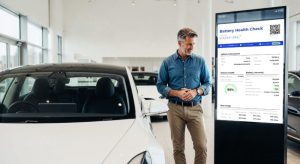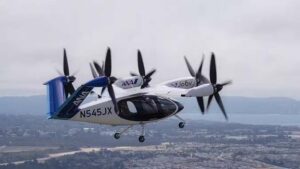Transport for London reached a milestone with 2,000 electric buses now operating across the capital. The fleet represents the largest zero-emission bus network in Western Europe – surpassing Berlin, Paris, and Madrid.
The expansion marks dramatic growth since 2016, when TfL operated just 30 electric buses.
Today’s electric fleet accounts for more than 20% of London’s entire bus network. 107 bus routes now run entirely on zero-emission vehicles, with another 30 routes partially electrified. TfL also operates 20 hydrogen buses throughout the city.
Fleet Transformation Accelerates
Since 2021, every new bus joining London’s fleet has been zero-emission. TfL’s transition timeline targets a completely electric bus network by 2030.
The agency estimates its zero-emission transition will prevent five million tonnes of carbon emissions by the decade’s end.
Sadiq Khan, London’s Mayor, highlighted the progress in recent comments about the fleet expansion.
“It’s fantastic London is leading the charge with more than 2,000 zero-emission buses in the capital, the largest zero-emission bus fleet in Western Europe,” Khan said.
He emphasized the transformation since taking office in 2016 – from 30 electric buses to more than 2,000 today. The Mayor noted improvements in network size, environmental impact, safety measures, and passenger experience.
"This is helping to clean up London’s toxic air, protect the environment and the health of Londoners," Khan added.
Trolleybus Trials Begin
TfL is testing all-electric trolleybuses as part of its push toward net zero carbon emissions by 2030. These vehicles use overhead pantographs – arm-like structures on their roofs that connect to power lines.
The system allows fast-charging at route endpoints after 15-mile journeys. Drivers don’t need to return to depots for charging, improving operational efficiency.
More than 300 cities worldwide currently operate electric trolleybus systems.
The Baltic capitals have extensive experience with this technology. Vilnius and Riga have operated zero-emission trolleybuses since 1956 and 1947 respectively. Tallinn began trolleybus service in 1965.
London’s green transition has already reduced the city’s CO2 emissions below levels in New York City and Vancouver, according to TfL data.
The agency continues expanding charging infrastructure and route electrification as it works toward the 2030 zero-emission target across all public bus services.





